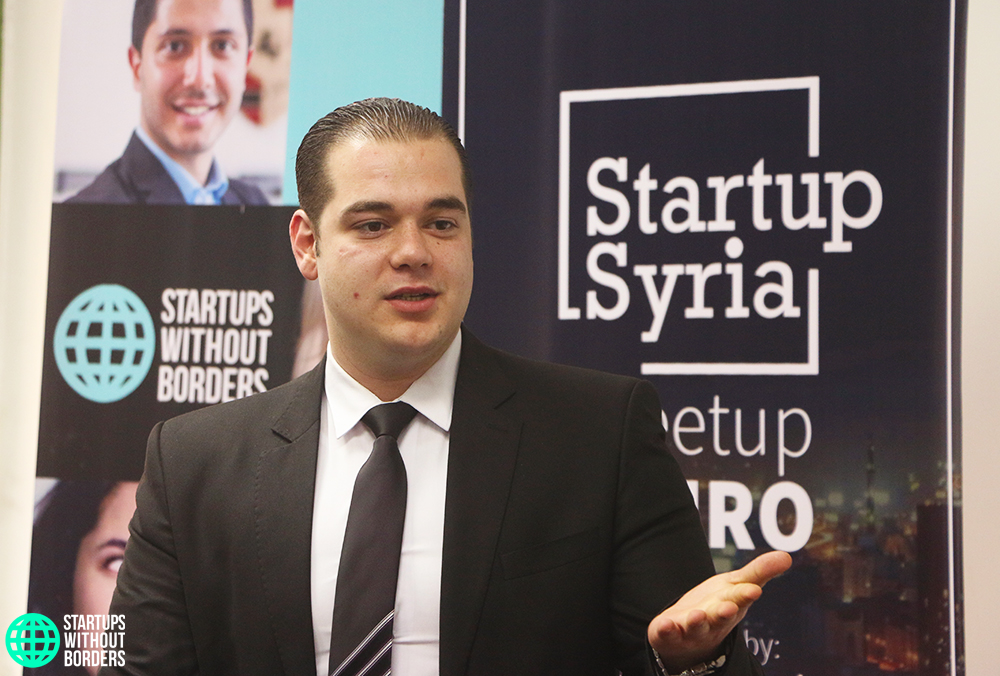
By Azrin Rahman
UVP, MVP, TAM; are you getting lost in the acronyms? Startup jargon can sometimes seem like a whole new language; so we’ve put together a list of terms and concepts to help guide you through this new, exciting world.
Competitive Analysis: Analyzing all potential competition (direct or indirect).
Direct competition: Product/service that is similar to yours (ex: Apple and Android smartphones).
Indirect competition: Not necessarily a similar product, but satisfies the same needs/wants of your target market regarding their problems. (ex: a test prep book and test prep tutoring)
After finding all your competitors, narrow it down to the most similar 3-4, and evaluate their shortfalls and how your product is better- this is your competitive advantage (aka why customers will choose you).

Unique Value Proposition (UVP): This is similar to your competitive advantage, your UVP is the uniqueness of your product, the features it has that others do not provide. This will be a real selling point to investors and consumers because it will make them want to choose you.
Positioning Statement: How your product/service fills consumer needs, by also incorporating a market niche for the product. Template: For (target customer) who (statement of the need or opportunity), the (product name) is a (product category) that (statement of key benefit – that is, compelling reason to buy). Unlike (primary competitive alternative), our product (statement of primary differentiation). (ex: Volvo: For upscale American families, Volvo is the family automobile that offers maximum safety.)
Customer Segments: The different types of customers your product will attract. (ex: gardening products can attract general gardeners and gardening companies, but they are under different segments)
Early Adopters: People who are most likely to try your product first (ex: people who work closely with music may be the first to try a new type of headphone)

Empathy Map: This serves as a way to understand your consumers as a whole persona, instead of specific traits. It includes what they think and feel, what they see, what they say and do, what they hear, and their pains and gains (all throughout the process of having their problem, then solving it with the use of your product/service).
Problem/Solution Validation: A crucial part of your startup is verifying the problem you are passionate about solving is also experienced by others. After doing so, it is also important to verify the way you are solving it (your product/service) is thought to work by others. This can be done through an interview process, but be sure to ask open ended questions! (ex: Does your phone run out of battery often? vs. How is the battery life of your phone?)
Channels: How your product/service will reach your target market. (ex: a toy company selling in multiple brick & mortar stores and from their website)
Customer Relationships: How your company will remain in contact with potential and existing customers. Frequently used examples include: email, newsletters, social media, and “contact us” areas on company websites”.
Elevator Pitch: A short, 90-second pitch (the time in an elevator) that is used to reel an investor’s or consumer’s interest. It typically covers the problem, solution, and customer segments. This pitch should be enthusiastic, but NOT memorized, it should feel like you are having a conversation with the person. Watch this example.

Company/Consumer Story- A story that highlights how a customer persona is currently exhibiting the problem, it can be used in the elevator pitch to give the audience a more relatable perspective about the problem.
Pricing Strategies: Different strategies a business can use when choosing how to price their product/service. Different strategies can be combined to derive the price.
Anchor Pricing: Comparing the price of your product to other similar options (usually more expensive) to show your product is more affordable and has good values. Sometimes features of products are also used in this comparison. (ex: Dell vs. Macbook laptops)
Value Based Pricing: Pricing your product according to your target market’s perceived value of it, usually “higher quality” products will be priced higher than regular, even if there is not a outstanding difference. (ex: Louis Vuitton or Chanel compared to Michael Kors or Coach).
Cost Plus Pricing: A straightforward pricing method that accounts for costs and profit margins. Simply total the cost to produce one unit of your product and add the markup desired for your profit margin to get the price of your product.
Penetration Pricing: Pricing used to lure in consumers away from competitors, this can be done by offering a lower price in the beginning months of using your product, a “trial period”, then increasing later. (ex: Spotify Premium for 99 cents the first 3 months, then increasing to $9.99 after)
Market Sizing: This involves doing research to find an estimate of how many potential consumers your product/service can fulfil the needs of. It is typically broken into two sets: the total and serviceable.
Total Addressable Market (TAM): The entire market your product has potential to sell to
Serviceable Addressable Market (SAM): The percent of the TAM your product can realistically sell to, limiting factors may include price, location, culture, and regulations.
Cost of Goods Sold (COGS)- The cost of producing your product, typically calculated per unit. This cost includes materials and sometimes direct labor.
Selling, General, and Administrative Expenses (SG&A): Costs associated with running a business, these include administrative fees, marketing fees, salaries, and selling costs.
Minimum Viable Product (MVP)/Prototype: A sample of your product, can be a small website or product made with easy sourced materials that resembles the final idea. It is useful in providing a visual for your product to investors and potential consumers.
Experimentation/Implementation: How you get your MVP/Prototype to early adopters so they can get a feel for your product (usually given away for free). The feedback they give you can be used further develop your product.
Revenue: The gross amount of money your business makes (no costs subtracted). These can be estimated by calculating how many units of your product/services will be sold throughout the year and/or the amount of ad revenues generated from the number of impressions made on your website.
Revenue Streams: Different ways your business will generate revenue (ex: adspace and selling different types of products)
Cost Structure: Various costs in your business (ex: cost of production and advertising)
Financial Model: Spreadsheet summary of all finances of your business. Different sheets can include startup costs, COGS, SG&A, Revenues, Market Share (with estimated revenues), 5 Year Summary, graphs, and valuation.
Key Metrics: Measurements you will use to gauge the success of your business (ex: website clicks or social media following)
Business Model Canvas: Combining the problem, solution, competitors, UVP, customer relations, channels, customer segments, early adopters, cost structure, and revenue streams into one model that outlines your business. This tutorial is pretty illustrative.
Investor Packet: A packet or folder you can provide to potential investors to highlight important aspects of your business. It can include your BMC, asking money for investment (and usage), a letter thanking them for their time and showing your passion in the business, bios of team members, achievements up to date, and an overview of the financial plan.
